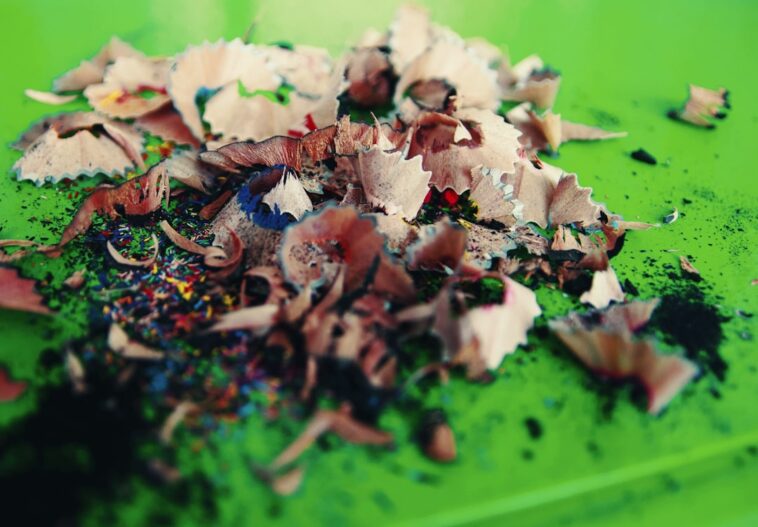Want to make more pothos plants for your home or to share with friends? Propagating pothos is super easy and a great way to expand your plant collection without spending any money. Think of it as plant cloning – you’re taking a cutting from a healthy pothos and encouraging it to grow into a whole new plant. I’m here to guide you through the simple steps!
Why Propagate Pothos?
Pothos plants, also known as devil’s ivy, are popular for a reason. They’re gorgeous, trailing plants that are incredibly easy to care for. Propagating them lets you fill your home with even more greenery. Plus, it’s a fun way to learn more about how plants grow and gives you a sense of accomplishment. Instead of tossing those long vines when your pothos gets too big, you can turn them into baby pothos plants!
What You’ll Need
Before you start, gather these supplies:
- A healthy pothos plant (mother plant)
- Clean scissors or pruning shears
- A glass or jar
- Water (tap water is fine, but filtered water is even better)
- Optional: Rooting hormone powder (to speed up the process)
- Optional: A small pot and potting mix
Step-by-Step Guide to Propagating Pothos
Here’s the breakdown of how to propagate your pothos:
Step 1: Inspect Your Pothos
Start by checking your pothos plant. Make sure it’s healthy and free from pests or diseases. You want to use a strong, vibrant plant for the best results. Look for vines with plenty of leaves and aerial roots – those little brown nubs that grow along the stem.
Step 2: Take a Cutting
Using your clean scissors or pruning shears, cut a section of the vine just below a node (the point where a leaf grows from the stem). Each cutting should have at least one leaf and one node, but having 2-3 leaves and nodes is even better. The node is where the new roots will sprout, so it’s essential. A cutting about 4-6 inches long is ideal.
Step 3: Prepare the Cutting
Remove any leaves that will be submerged in water. This prevents them from rotting and contaminating the water. If you’re using rooting hormone, dip the cut end of the stem in the powder. This isn’t necessary, but it can help the roots develop faster and stronger.
Step 4: Place in Water
Fill your glass or jar with water. Place the pothos cutting in the water, making sure that the node(s) are submerged. The leaves should be above the water line. Place the jar in a bright location, but avoid direct sunlight, which can scorch the leaves. An east-facing windowsill is perfect.
Step 5: Change the Water Regularly
Change the water every few days (about every 3-5 days) to keep it fresh and prevent bacteria from growing. This also provides the cutting with fresh oxygen, which helps root development. You’ll start to see roots emerging from the nodes in about 1-2 weeks.
Step 6: Plant in Soil (Optional)
Once the roots are about 1-2 inches long, you can plant the cutting in soil. Choose a small pot with drainage holes and fill it with well-draining potting mix. Gently plant the rooted cutting in the soil, being careful not to damage the delicate roots. Water the soil thoroughly after planting.
Step 7: Care for Your New Pothos
Keep the soil moist but not soggy. Place the new pothos in a bright, indirect light location. Treat it like a mature pothos plant – water when the top inch of soil is dry, and fertilize occasionally during the growing season (spring and summer). With proper care, your propagated pothos will thrive and grow into a beautiful plant.
Tips for Successful Propagation
Here are a few extra tips to increase your chances of success:
- Use clean tools to prevent the spread of diseases.
- Choose healthy cuttings from a vigorous mother plant.
- Maintain consistent moisture levels, especially after planting in soil.
- Provide adequate light for optimal growth.
- Be patient! Rooting can take time, so don’t get discouraged if you don’t see results immediately.
If your pothos isn’t rooting, make sure that the nodes are submerged in water, the water is changed regularly, and the cutting is getting enough light. Also, make sure your cutting isn’t rotting; if it is, try taking a new cutting from a different part of the plant.
Propagating Pothos in Soil
While water propagation is the most common method, you can also propagate pothos directly in soil. The process is similar, but instead of placing the cutting in water, you plant it directly into a small pot filled with moist potting mix. Keep the soil consistently moist and provide high humidity (you can cover the pot with a plastic bag to create a mini-greenhouse). Soil propagation can be a bit trickier than water propagation, but it can also be successful.
Common Problems and Solutions
Sometimes, things don’t go as planned. Here are some common problems you might encounter when propagating pothos and how to fix them:
- Cutting rots: This usually happens due to bacteria or fungus. Make sure to use clean tools and change the water regularly. You can also add a drop of hydrogen peroxide to the water to help prevent rotting.
- No roots appear: This could be due to insufficient light, old water, or a cutting that’s not healthy. Try moving the cutting to a brighter location, changing the water more frequently, or taking a new cutting from a different part of the plant.
- Leaves turn yellow: This can be a sign of overwatering or underwatering. Make sure the soil is moist but not soggy, and adjust your watering accordingly. Yellow leaves can also indicate that the cutting isn’t getting enough light.
Benefits of Propagating Pothos
Beyond getting more plants, propagating pothos offers other benefits. It’s a fantastic way to breathe new life into a leggy or overgrown plant. By taking cuttings, you encourage the mother plant to produce new growth, making it bushier and more attractive. It’s also a mindful and rewarding activity that connects you with nature and brings a little bit of the outdoors inside.
Safety Considerations
Pothos plants are considered mildly toxic to humans and pets if ingested. The sap can cause skin irritation in some individuals. It’s always a good idea to wear gloves when handling pothos plants, especially if you have sensitive skin. Keep pothos cuttings and plants out of reach of small children and pets. If ingested, contact a medical professional or veterinarian.
Frequently Asked Questions
How long does it take for pothos cuttings to root?
Pothos cuttings typically take 1-2 weeks to start developing roots in water. However, it can take longer depending on the conditions and the health of the cutting. Be patient and continue to provide fresh water and adequate light.
Can I propagate pothos from a single leaf?
While it’s technically possible, propagating from a single leaf is much more difficult and less likely to be successful. It’s best to use cuttings with at least one node, as this is where the roots will emerge.
What’s the best time of year to propagate pothos?
The best time to propagate pothos is during the growing season (spring and summer) when the plant is actively growing. However, you can propagate pothos year-round if you provide adequate light and warmth.
Can I use tap water for propagation?
Yes, you can use tap water for propagation. However, filtered water is often better as it contains fewer chemicals that can inhibit root growth. If you use tap water, let it sit for 24 hours to allow the chlorine to evaporate.
How often should I fertilize my new pothos plant?
Fertilize your new pothos plant sparingly during the growing season (spring and summer). Use a balanced liquid fertilizer diluted to half strength. Avoid fertilizing during the fall and winter when the plant is dormant.
Propagating pothos is a satisfying and straightforward process. By following these simple steps, you can easily expand your plant collection and enjoy the beauty of these versatile plants throughout your home. So grab your scissors, find a healthy pothos, and get ready to create some new green friends! Happy growing!



GIPHY App Key not set. Please check settings